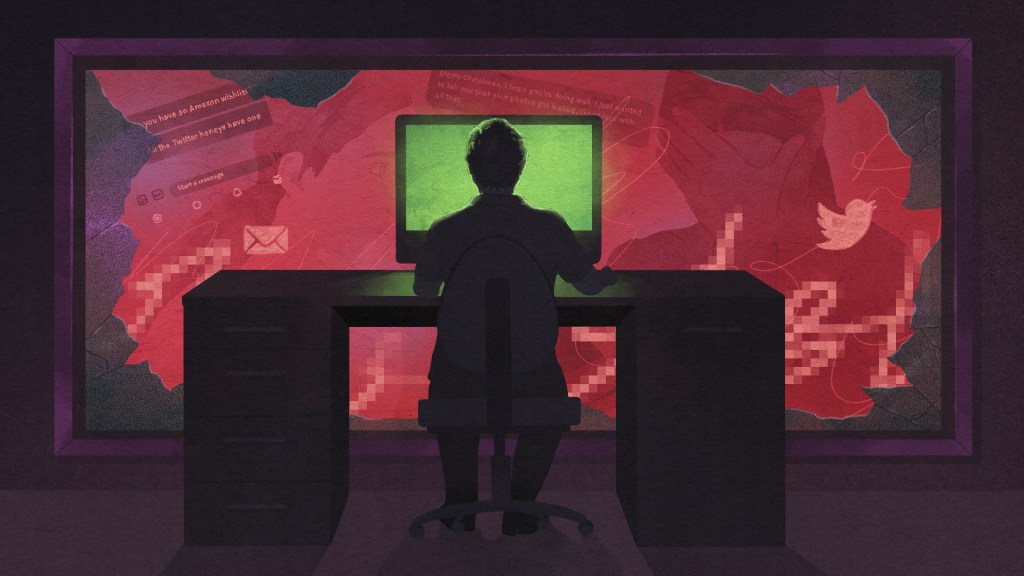I bought DICE’s World War 1-themed shooter Battlefield 1 over the weekend, and I was stoked for a fresh look at a genre that I associate with afterschool multiplayer matches and shouts of “No screen-watching!” One thing that immediately sets the game apart from its predecessors is that it displays a black man on the cover. He’s wearing a badass cape and there’s a zeppelin exploding behind him. He seems like a main character.
And he is, sort of, for all of fifteen minutes. In a short prologue, you play as members of the Harlem Hellfighters, the most famous of nearly a half-dozen all-black US regiments that fought in WWI. “You are not expected to survive,” the game warns you, and you proceed to cycle through members of the regiment as they all get slaughtered. The point is to die.
Videos by VICE
And that’s it. There’s about six hours of beautifully and meticulously designed solo gameplay after that, and all the protagonists have white skin.
Read More: ‘Battlefield 1’ Is a Fun, Serious War Game, But Can’t Have It Both Ways
Battlefield 1 is raking in the accolades for featuring a fleshed-out single player campaign. It stars characters with individual personalities and emotional depth, so that the player cares about a war that happened a century ago: characters’ names are even taken from real soldiers.
But, in the five vignettes that make up the campaign, all of the protagonists are white. The sole exception is a Bedouin character—Bedouins are a nomadic Arabic people—who also looks very white, for some reason.
I Googled around to see if others had noticed the conspicuous lack of black characters in the game, and was met with a stream of commenters upset that there was a black man on the cover in the first place because they believed (wrongly) there were few or no black soldiers in WWI. To these folks, the black man in the ads is an example of forced tokenism, a symptom of an overly-PC culture.
The problem is, the game never corrects this assumption. In fact, it supports such toxic beliefs. Despite the character featured on the cover, the meat of the campaign is lily-white, largely ignoring the role that people of colour played in the First World War.
Electronic Arts did not respond to a request for comment, but here’s what Daniel Berlin, lead designer at EA’s DICE studio, had to say about the choice to put a black man on the cover in an interview with VentureBeat:
“We thought it was a cool image for the cover. When we set out on this game, we wanted to depict not just the common view of what the war was like. We wanted to challenge some preconceptions.”
But since the game itself makes no effort to present black soldiers as anything other than a small aside in a laudably emotional campaign… Isn’t it just shoehorned, pandering tokenism after all? It’s a damn shame, really.
In terms of plain historical facts, there were a number of black fighting units in WWI, and not just in the US—an estimated 2,000 black Canadian men were sent to the frontlines, too. They don’t often get their due in film or games, and it’s a missed opportunity even just from the perspective of having so many untold stories to mine sitting in the dustbin of history.
Although the game does get points for trying to be somewhat educational and stick to the facts about WWI, it often takes liberties with history. Within the game, the Lawrence of Arabia campaign’s protagonist, the aforementioned Bedouin woman, is a totally fictional character.
Arguably, a full campaign vignette featuring one of the many black fighting regiments in WWI would have been more historically accurate and educational for players than the game’s entire Lawrence of Arabia campaign, which has you face off against an Ottoman mega-weapon—an armored train with heavy artillery known as “the Canavar.”
In all honesty, I’m a white-passing guy, and so I don’t usually raise an eyebrow when the latest Call of Duty lets you choose from a slate of six slightly different looking white dudes to fight against vaguely Middle Eastern ultra-nationalists or something. It’s boring, but whatever.
If I had a little more of my mother’s melanin in me, though, I could see how this lack of diversity in avatars would hit me on an emotional level, too. It’s important to see people who look like you in media, and perhaps even more so in games, where you embody a protagonist. And if a studio uses visible minorities to sell a game, doesn’t it owe us their stories?



